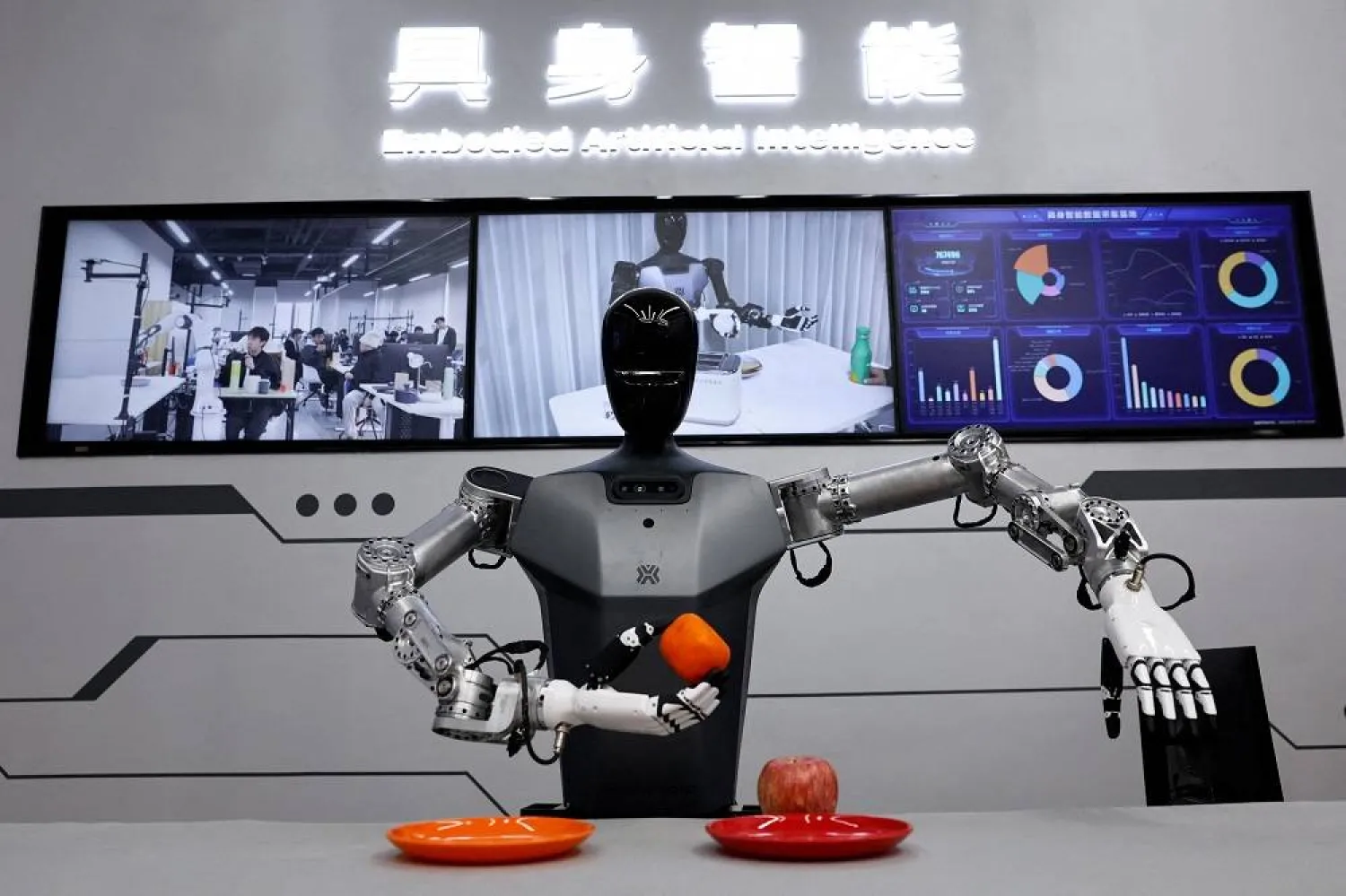The King Abdullah Petroleum Studies and Research Center (KAPSARC) has signed a memorandum of understanding (MoU) with the Institute of Energy Economics, Japan (IEEJ) to support their strategic partnership, lay a solid foundation for joint ventures, and promote areas of applied research activities, with the aim of accelerating innovation and stimulating the energy transition for a more sustainable energy future.
The signing ceremony, which was held in Jeddah on Tuesday, came on the sidelines of the visit of Japanese Prime Minister Fumio Kishida to Saudi Arabia.
The new cooperation agreement comes within the framework of the "Manar" initiative for clean energy cooperation, launched by the Saudi and Japanese sides, to be a guiding light to other countries and regions of the world in their quest to develop their strategies and plans to achieve their ambitions to reach climate neutrality.
The Saudi-Japanese cooperation includes research and applied activities that include joint workshops, holding events and participation in international conferences, evaluating experts specialized in the same field for research and policy papers, and exchanging researchers. KAPSARC and the IEEJ seek to make a positive impact on the energy community by building a supportive knowledge sharing ecosystem.
Expanding the scope of mutual collaboration, the partnership will encompass areas of mutual interest by combining knowledge wealth and research capabilities, including innovative solutions to address contemporary energy challenges such as hydrogen, ammonia, synthetic fuels (methane), carbon capture, use and storage technologies, carbon recycling and direct air capture, nuclear energy, and a variety of other specialized solutions to address today's energy challenges.
"The collaboration between KAPSARC and IEEJ has gone beyond energy, climate, and sustainability policies to include various other supporting factors such as technology and finance, with the aim of ensuring a fair and inclusive energy transition," said KAPSARC President Fahad Al-Ajlan.
"This transition is a pivotal pillar not only for both countries, but for the entire world, where more than 3 billion people lack access to energy,” he said.
IEEJ Chairman and CEO Tatsuya Terazawa pointed out the importance of consolidating cooperation with KAPSARC through this agreement and said he looks forward to strengthening cooperation with KAPSARC at the highest level to materialize the hoped-for expectations into reality and work towards achieving global leadership.









